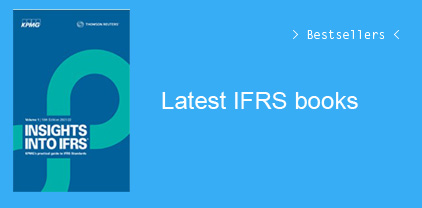PART 1
Introduction to accounting on a cash flow and accrual accounting basis
1 Accounting and reporting on a cash flow basis 3
2 Accounting and reporting on an accrual accounting basis 21
PART 2
Preparation of internal and published financial statements
3 Preparation of financial statements of comprehensive income, changes in equity and financial position 32
4 Annual Report: additional financial disclosures 67
5 Statements of cash flows 99
PART 3
Regulatory framework – an attempt to achieve uniformity 209
6 Financial reporting – evolution of global standards 211
7 Concepts – evolution of an international conceptual framework 234
8 Ethical behaviour and implications for accountants 248
PART 4
Income and asset value measurement systems 127
9 Income and asset value measurement: an economist’s approach 129
10 Accounting for price-level changes 148
11 Revenue recognition 184
PART 5
Statement of financial position – equity, liability and asset measurement and disclosure 273
12 Share capital, distributable profits and reduction of capital 275
13 Liabilities 298
14 Financial instruments 321
15 Employee benefits 360
16 Taxation in company accounts 388
17 Property, plant and equipment (PPE) 412
18 Leasing 449
19 Intangible assets 468
20 Inventories 497
21 Construction contracts 523
PART 6
Consolidated accounts 547
22 Accounting for groups at the date of acquisition 549
23 Preparation of consolidated statements of financial position after the date of acquisition 568
24 Preparation of consolidated statements of income, changes in equity and cash flows 582
25 Accounting for associates and joint arrangements 605
26 Introduction to accounting for exchange differences 632
PART 7
Interpretation 653
27 Earnings per share 655
28 Review of financial statements for management purposes 680
29 Analysis of published financial statements 713
30 An introduction to digital financial reporting 755
PART 8
Accountability 773
31 Corporate governance 775
32 Integrated reporting - sustainability – environmental and social 808
Index837
































